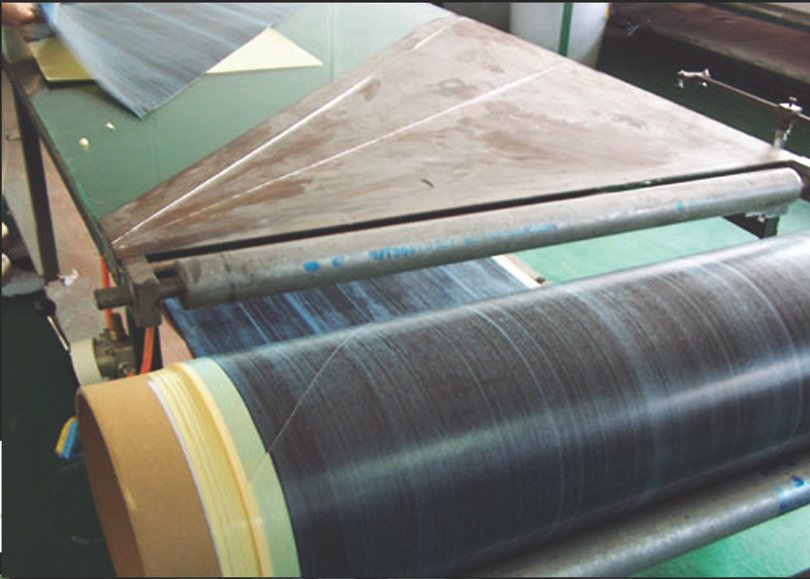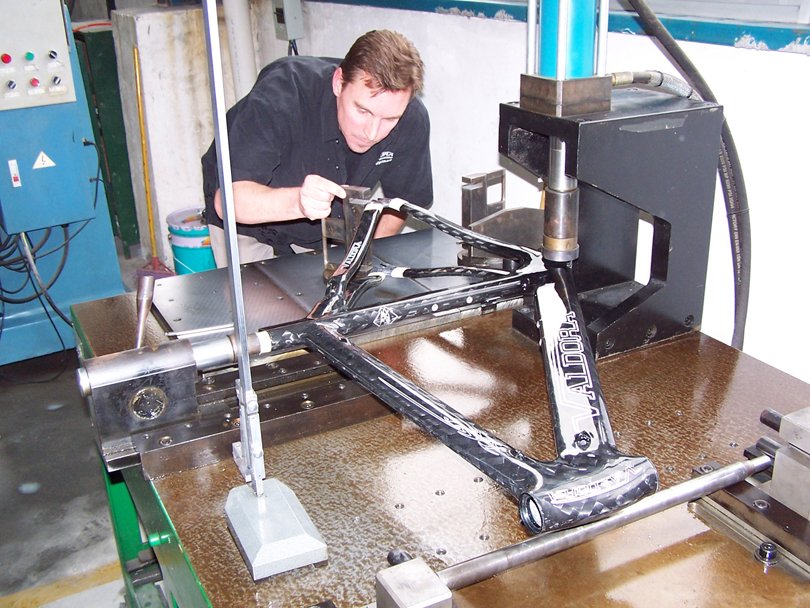The Technology
R&D
An enormous amount of energy goes into research and development. From conceptual design with pencil on paper to 2D / 3D CAD. The process is all consuming. Computational fluid dynamics, finite element analysis, structural testing, elite / pro sponsored rider feed back. We do what it takes, how ever long it takes, to get it done right. Depicted below is the PHX frame in 3D electronic format prior to tooling and opening molds.

Manufacturing
Valdora carbon frames are constructed of only the highest grade carbon and resins. Utilizing Valdora's proprietary Optimum Composite Resonant Ratio technology (OCRR), Valdora has the knowledge and ability to achieve the ride quality and power transfer that is among the best in the world. Every piece of carbon is hand trimmed and meticulously placed where it belongs. Layers of carbon are placed at different angles, thicknesses, and differing grades or modulus to achieve the "tuned" ride characteristic our customers demand.

Standard, Intermediate, High Mod
Rolls of prepreg are stored in industrial sized refrigerators at a precisely controlled temperatures in low humidity. When it is time to make the frames, the carbon is removed and the materials are cut at 45 degree angles in the preparation process.

1000's of pieces of carbon make up a frame
Carbon is wrapped around mandrels for the three connecting elements of the frame. Multiple layers at varying angles. An incredibly important part of the layup and how the frame will perform.

Tools
High grade tool steel is used to make clam shell molds. Prior to closing the mold, the frame appears as a rough looking fabric sweater in the mold with an air bladder running throughout. The clam shell mold is closed. The molds go into a highly accurate autoclave where the temperature is raised to release the resin impregnated in the carbon fabric while the air bladder is pressurized. The frame begins to take shape. When the mold is fully pressurized and the resin has been released. The melted resin fills the voids in the carbon fabric. When the molds cool, the resins and carbon have formed a rigid frame. Once removed from the molds, remnants of the air bladder are removed. The frame is sanded and prepared for the next steps to finish the project.

The Highest Standards
Once the frame has been sanded and minor blemishes removed, the frame moves on to stiffness testing. The different elements of the frame are tested to ensure it meets Valdora standards. Every frame must pass a strict set of quality control standards in each phase of the manufacturing process. EVERY frame is tested and must meet Valdora's stiffness standard.

Redundancy
Preloading audits are routinely performed. Redundancy in quality control and quality assurance ensure that our customer gets exactly what we have promised to deliver.

Proof, not just claims!
Valdora frames have earned the highest possible strength and fatigue certification from EFBe, an independent laboratory, in Germany. In fact, Valdora was only the 3rd carbon tt/tri frame manufacturer to earn this level of certification for carbon triathlon frames. At 1.246 kg, the PHX 1 is among the lightest of the aero frames. This was achieved in 2006, years before many of today's larger brands were offering carbon triathlon frames at all. Valdora still stands by our time tested standard. Valdora frames will handle and perform the same for 115 lb ballerina triathlete as it will for a 230 lb ex NFL player triathlete. This is due to the design, construction and Valdora Geometry.
